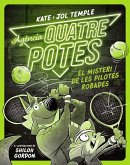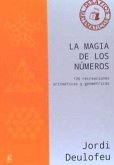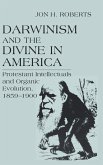The natural timescale of electron dynamics in atoms, molecules and solids is the attosecond domain. Examples of such dynamics are the photo effect or quantum mechanical tunneling of electrons through a potential barrier. Time-resolving of such fast processes requires a sufficiently short reference. Since the temporal resolution of conventional electronic devices ends in the picosecond range even shorter processes can only be resolved using ultrashort laser pulses with sub-picosecond pulse duration. Since a few years scientist have isolated attosecond pulses as a unique tool for the time-resolved investigation of electron dynamics at their disposal. From the perspective of an experimentalist who is interested in applications of attosecond pulses their generation and characterization as well as the experimental challenges coming along with this new technology are described in detail in this book. After a thorough introduction into the basics of both the technological background andthe conduction of an attosecond experiment two of the most prominent effects of quantum mechanics - the photo effect and the tunneling effect - are investigated with attosecond temporal resolution.








